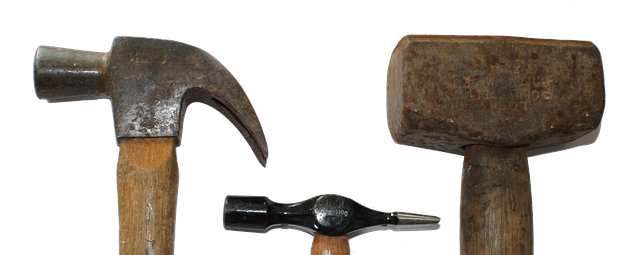Purchase Order (PO) financing is a powerful strategy for businesses aiming to optimize their cash flow management, converting accounts payable into liquid assets for immediate funding. This method enhances predictability, strengthens supplier negotiations, and saves costs through extended payment terms. By advancing funds against future customer payments, PO financing enables firms to streamline financial operations, focus on core activities, and maintain robust cash positions, especially in dynamic markets or for those operating on tight margins. Real-world applications demonstrate its effectiveness in improving cash positions, client relationships, and strategic growth.
“Optimizing cash flow is a cornerstone of any successful business strategy. In this article, we explore the power of Purchase Order (PO) financing as a dynamic tool for achieving this goal. We’ll delve into how PO financing works, its significant advantages for businesses, and practical strategies for implementation. Through real-world case studies, we’ll demonstrate the transformative impact of this approach on cash flow management, providing insights to help organizations enhance their financial agility.”
- Understanding PO Financing: A Powerful Tool for Cash Flow Management
- How PO Financing Works and Its Benefits for Businesses
- Implementing PO Financing Strategies for Optimal Cash Flow
- Case Studies: Successful Cash Flow Enhancement through PO Financing
Understanding PO Financing: A Powerful Tool for Cash Flow Management

Understanding PO financing is crucial for businesses aiming to optimize their cash flow management practices. Purchase Order (PO) financing allows companies to turn their accounts payable into liquid assets, providing immediate funding for purchases and helping to bridge the gap between when goods or services are acquired and when payments become due. This powerful tool offers several advantages, such as improved cash flow predictability, enhanced negotiating power with suppliers, and potential cost savings through extended payment terms.
By leveraging PO financing, businesses can streamline their financial operations, enabling them to focus on core activities while ensuring they maintain a healthy cash position. It’s an effective strategy for managing cash flow, especially in dynamic market conditions or for companies operating on tight margins.
How PO Financing Works and Its Benefits for Businesses

Purchase Order (PO) financing is a powerful tool for businesses looking to optimize their cash flow management practices. It works by enabling companies to access funds against pending orders from customers before the goods are delivered or services rendered. Essentially, the financier advances money based on the promise of future payment, providing businesses with immediate capital to cover operational expenses and fuel growth. This method is particularly beneficial for firms with seasonal fluctuations, long sales cycles, or those dealing with large orders that require significant upfront investments.
One of the key advantages of PO financing is its ability to streamline cash flow, ensuring businesses have access to funds when they need them most. It eliminates the delay between completing a transaction and receiving payment, allowing companies to maintain healthy cash reserves, meet vendor obligations, and seize market opportunities without financial constraints. Moreover, this financing option offers a flexible repayment structure, often tied to the customer’s payment terms, which can further enhance a business’s financial predictability and stability.
Implementing PO Financing Strategies for Optimal Cash Flow

Implementing PO (Purchase Order) financing strategies is a powerful way to optimize cash flow management for businesses, especially in today’s dynamic market landscape. This approach allows companies to transform their receivables into immediately available funds, providing them with enhanced liquidity and financial flexibility. By utilizing PO financing, businesses can effectively bridge the gap between purchasing inventory or goods and receiving payments from customers, ensuring a steady cash flow throughout the supply chain process.
When integrating PO financing, companies should focus on streamlining their order management system and establishing clear lines of communication with suppliers and buyers. Efficiently managing this process enables businesses to negotiate favorable terms, secure discounts for early payment, and maintain healthy relationships with both parties. As a result, optimal cash flow management through PO financing becomes a strategic asset, contributing to the overall financial health and stability of the organization.
Case Studies: Successful Cash Flow Enhancement through PO Financing

In recent years, numerous businesses have discovered that managing cash flow with PO financing can significantly enhance their financial health and overall operational efficiency. Case studies across various industries highlight successful strategies employed by companies to optimize cash flow through this innovative approach. For instance, a mid-sized manufacturing firm implemented PO (Purchase Order) financing, allowing them to receive funds from clients before the goods were delivered. This proactive strategy not only improved their immediate cash position but also fostered stronger client relationships based on trust and transparency.
Another notable example involves a retail business that leveraged PO financing to manage seasonal fluctuations in sales. By securing funding against future sales orders during peak seasons, they ensured consistent cash flow throughout the year. This practice enabled them to invest in inventory more strategically, expand their product line, and ultimately drive growth. These case studies underscore the potential of managing cash flow with PO financing as a powerful tool for businesses aiming to streamline their financial operations and gain competitive advantages.
